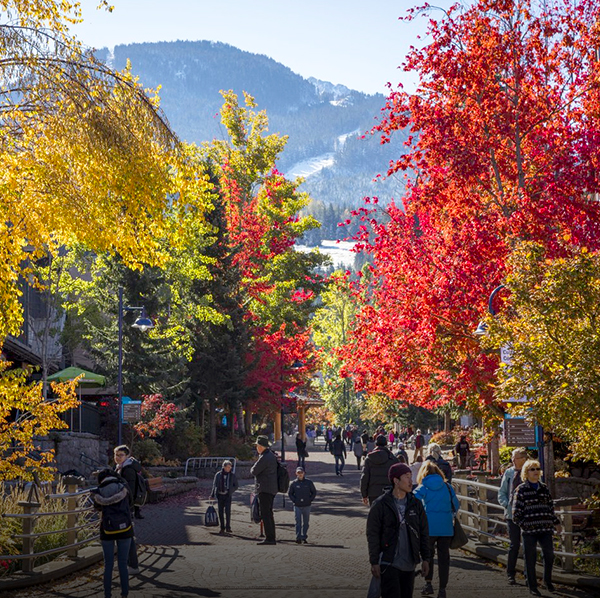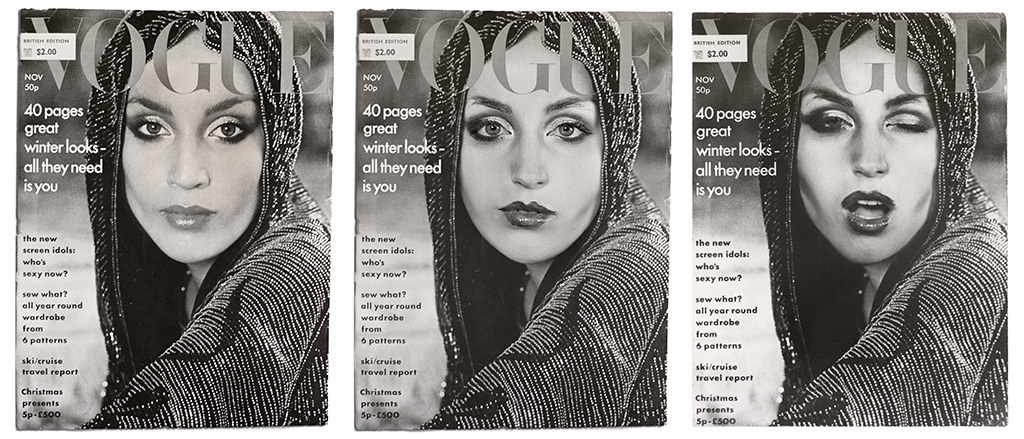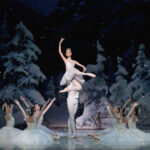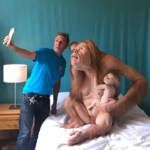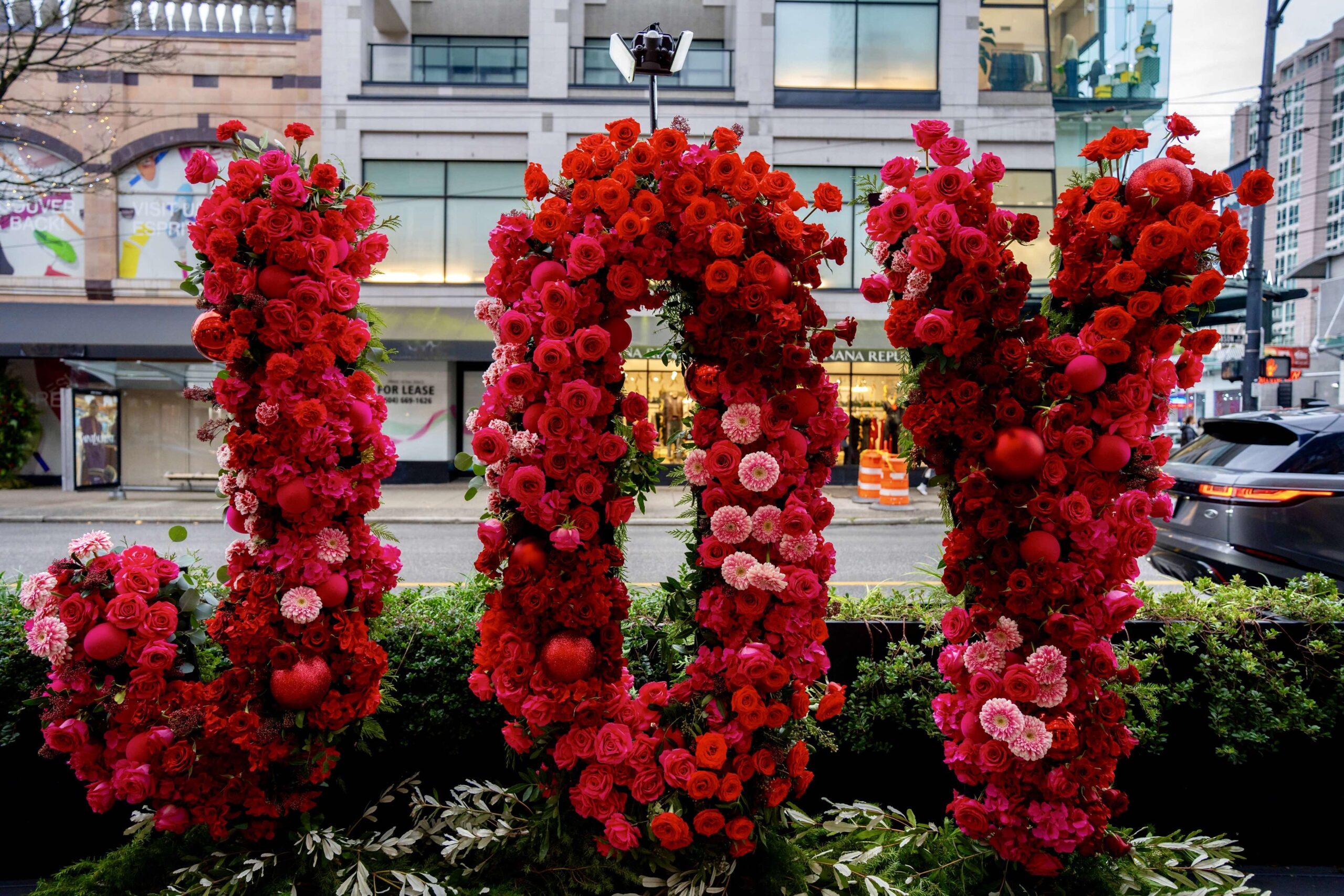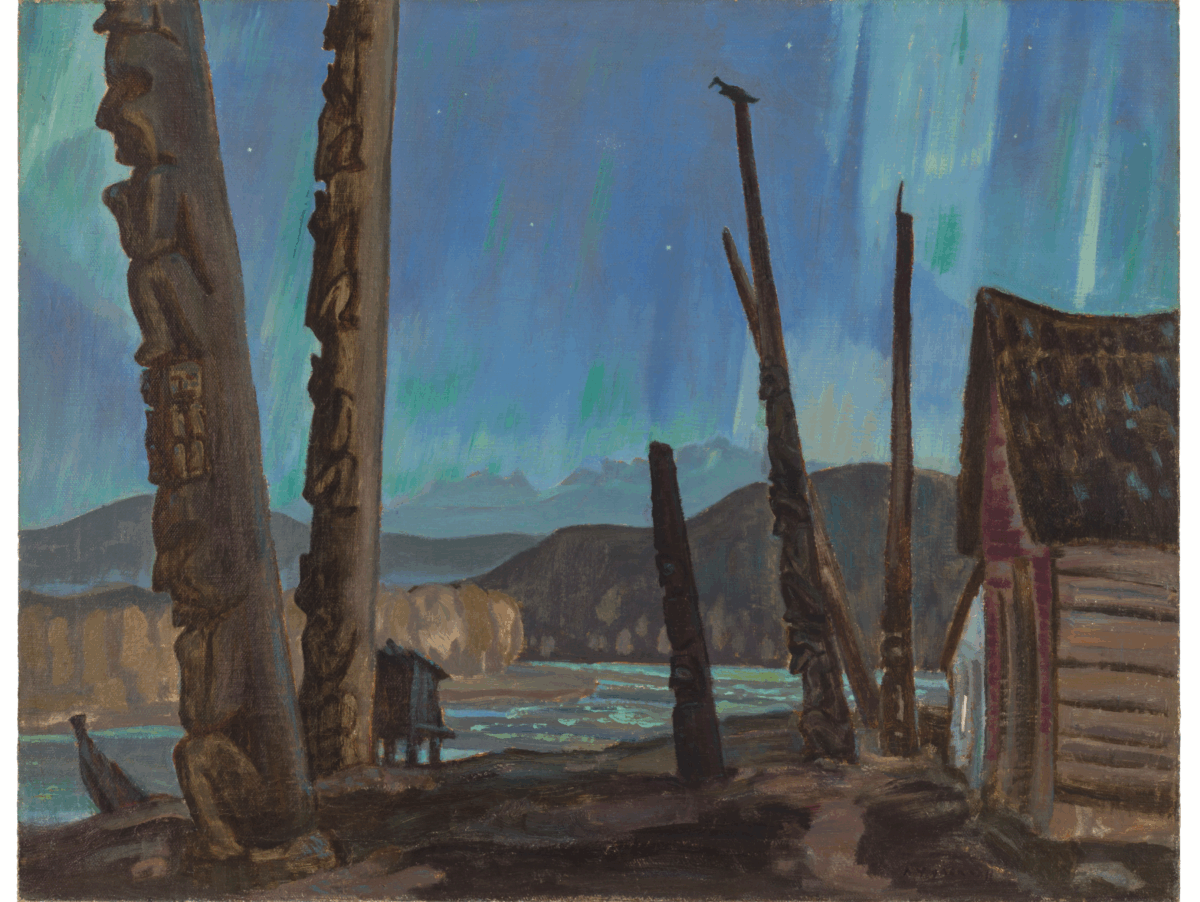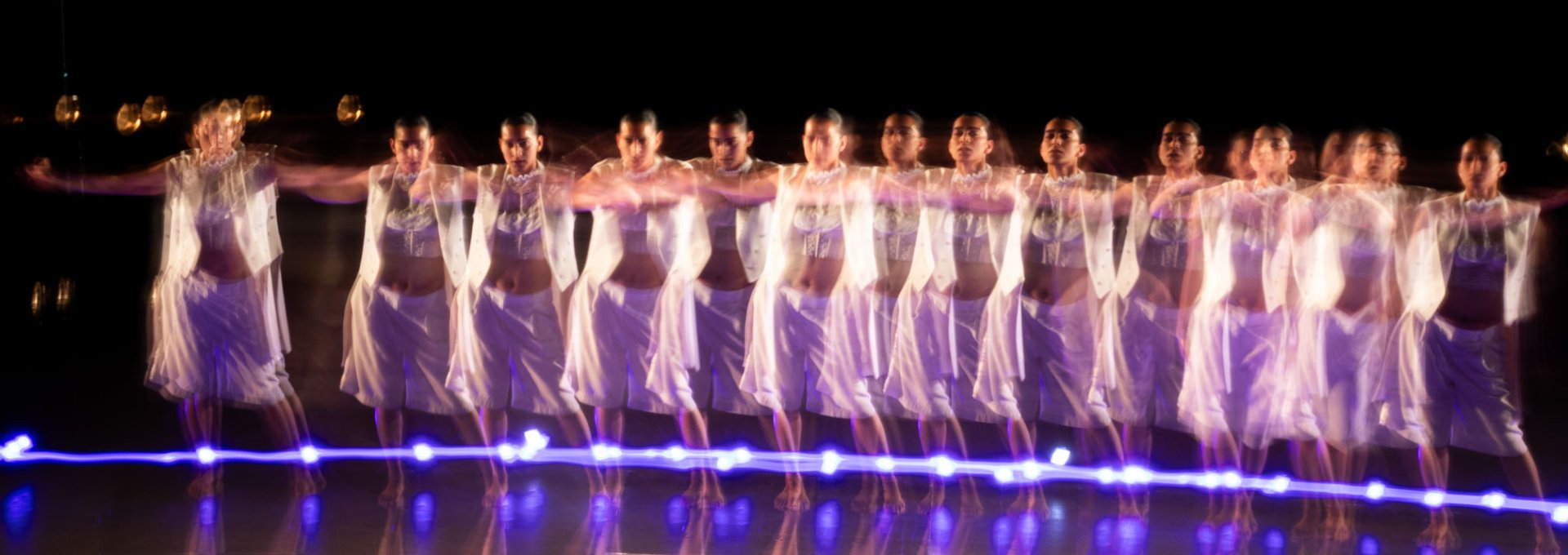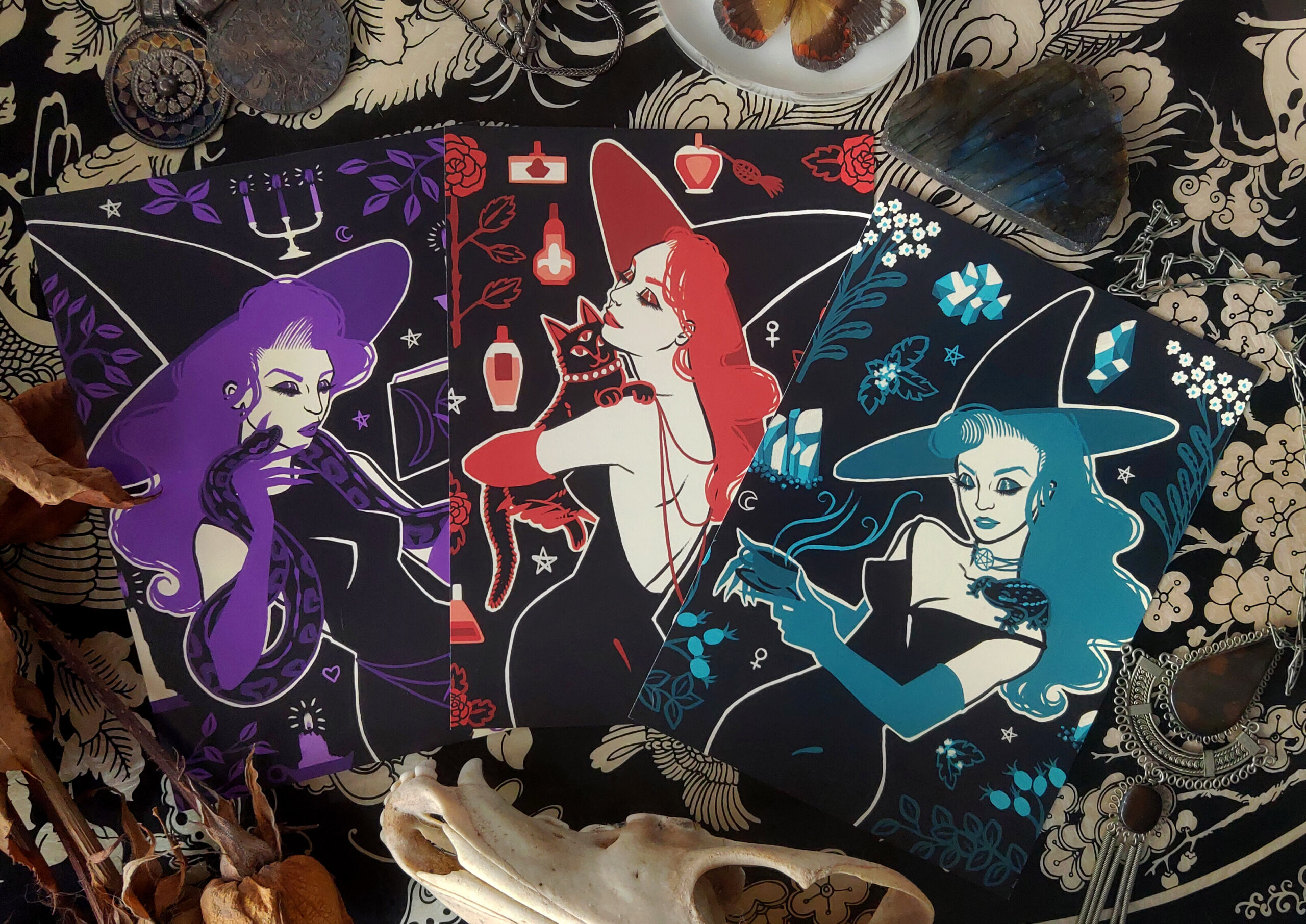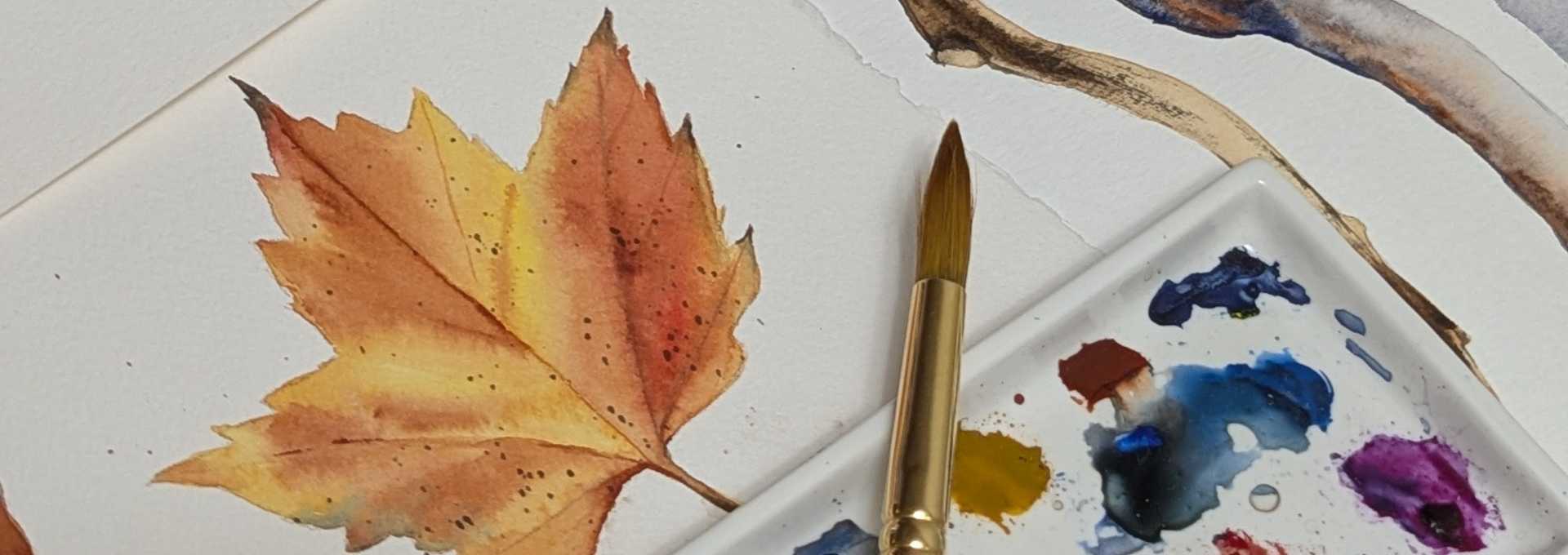Photo credit: Cindy Sherman, Cover Girl (Vogue), 1975/2011, silver gelatin prints, Courtesy of the Artist and Metro Pictures, New York
Long before selfie was even a word, Cindy Sherman was turning the camera around. At the New York artist’s retrospective at the Vancouver Art Gallery, she is the subject of almost every one of her photographs. Like a painter uses oil, or a poet uses words, Sherman uses herself, or rather, her self as a medium to raise questions about appearance and lies, and about the stories we tell ourselves, and about ourselves.
Through the exhibition, presented in chronological order, we can follow Sherman’s journey from art student in Buffalo, New York, experimenting and discovering her process, style and themes, to venerated artist critiquing the times she’s living through and quite often, the very genre she’s working in – pinups, centrefolds, fashion. It starts off anyway, as a very transparent look into her craft that belies the artifice she works with when she dresses up as characters, donning wigs and transforming her face with make-up and prosthetics.
I say artifice because that sounds like the right word. “Clever or cunning devices or expedients, especially as used to trick or deceive others.” But there’s something in that that doesn’t jive with what Sherman is doing.
It’s artifice – that tells the truth.
It’s a photo of the artist – that holds a mirror up to the viewer.
It is – what it isn’t. It gets confusing.
It gets confusing because this show is about identity. And especially in this Instagram age, identity is a confounding thing. We make up stories in a series of online pictures, curated to incite a specific reaction. We’re all guilty, everyone wants to be liked. (It’s even better to be envied.) But that’s only half the story. Think about all you think about when you go through other’s feeds. Think about the countless studies of social media on mental health. Who decides the moral of the story? The teller, or the listener?
For the works that put her on the map in the contemporary art world, the Untitled Film Stills, Sherman photographs herself in various costumes, poses and settings to evoke scenes from movies we’ve all seen before. She takes us right up to the edge of the story – and leaves us there. There is drama in these pictures, but it doesn’t play out until we view them, and we make up the story almost immediately based on our personal experiences, attitudes, culture – the baggage we bring. The fact they are untitled, as is all of Sherman’s work, ensures that any artistic “meaning” is completely erased.
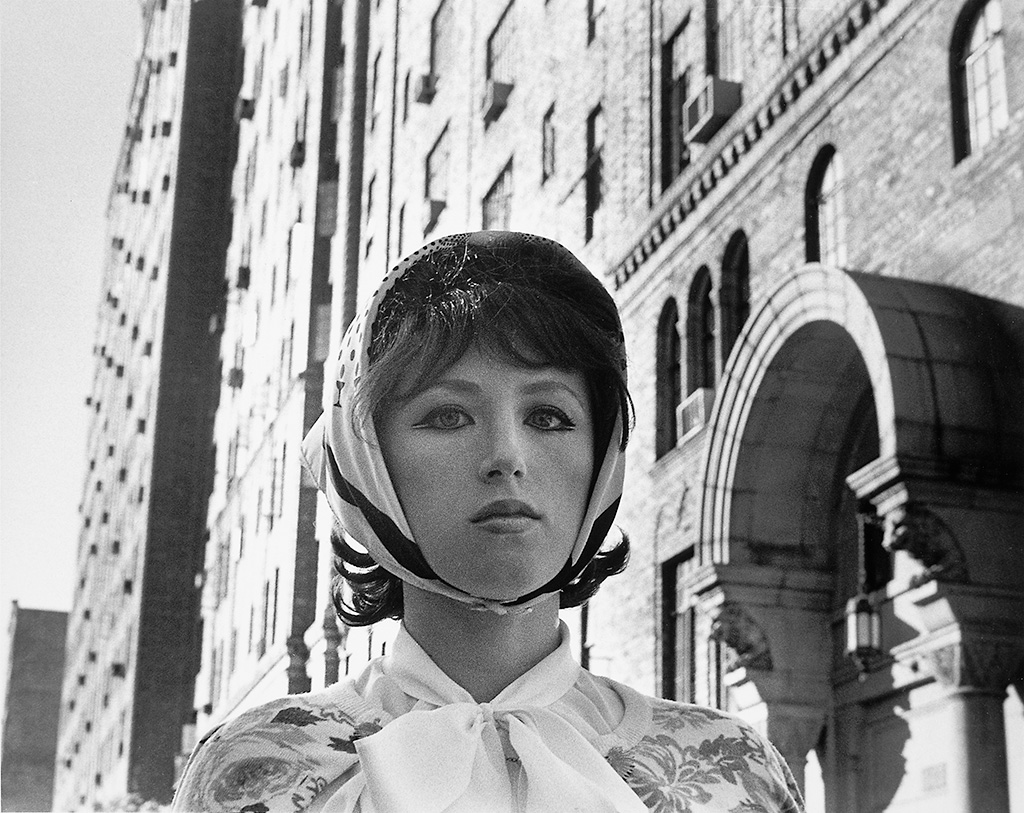
As her career evolves, Sherman moves beyond just costume to use masks and prosthetics to further lose herself in her work. In the History Portraits, she recreates styles ranging from the Renaissance to the nineteenth century in which painters were commissioned, often by those with some status, to relay that status to the populace – in effect, to make them look good. The fake noses, eyebrows, breasts used here are clearly fake to point out that we’ve been doing everything we can to keep up appearances for years.
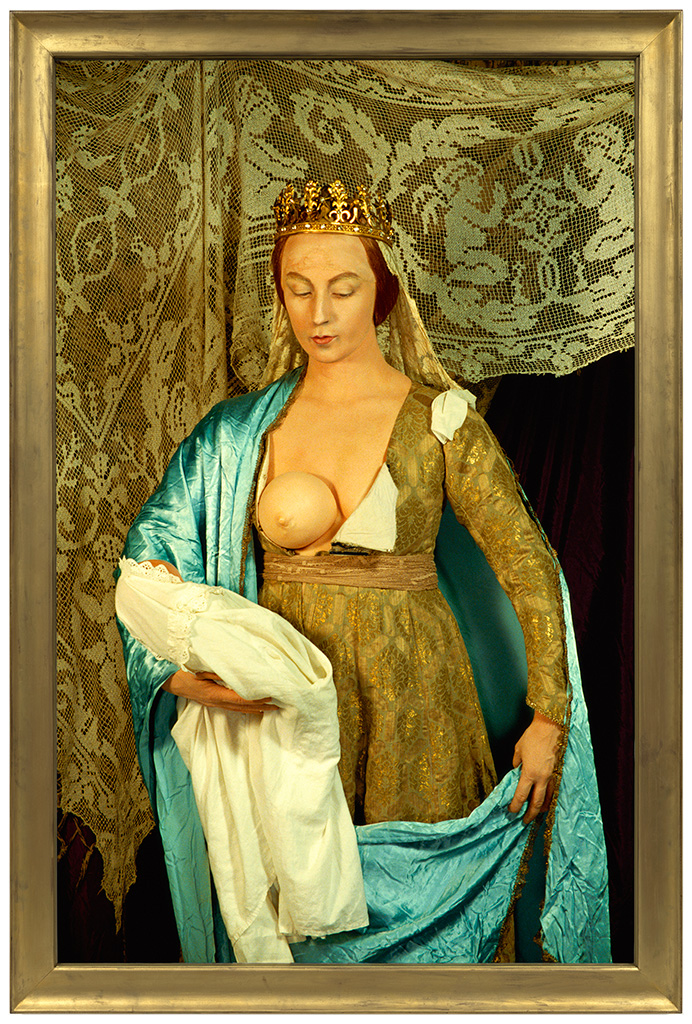
The Clown series comes next in which Sherman takes the classic image of the clown – designed specifically to delight and entertain, and infuses it with something underneath. Something that hints at malice, worry, apprehension – again employing that dichotomy that suggests that things aren’t always what they seem.
It’s interesting to take in before turning the corner into the room of the Society Portraits. These are the largest portraits in the show by a lot, and the high-society women loom over the viewer so that we have to look up to them. Sherman has draped herself in finery against photoshopped luxury and her make-up here is at its most sophisticated. Now she is completely lost in these characters who we instantly recognize as well-off, but look longer and the façade crumbles a bit. Like the clowns, the masks they wear are deceiving, and like the Film Stills, their story is only half-told. The rest is up to us.
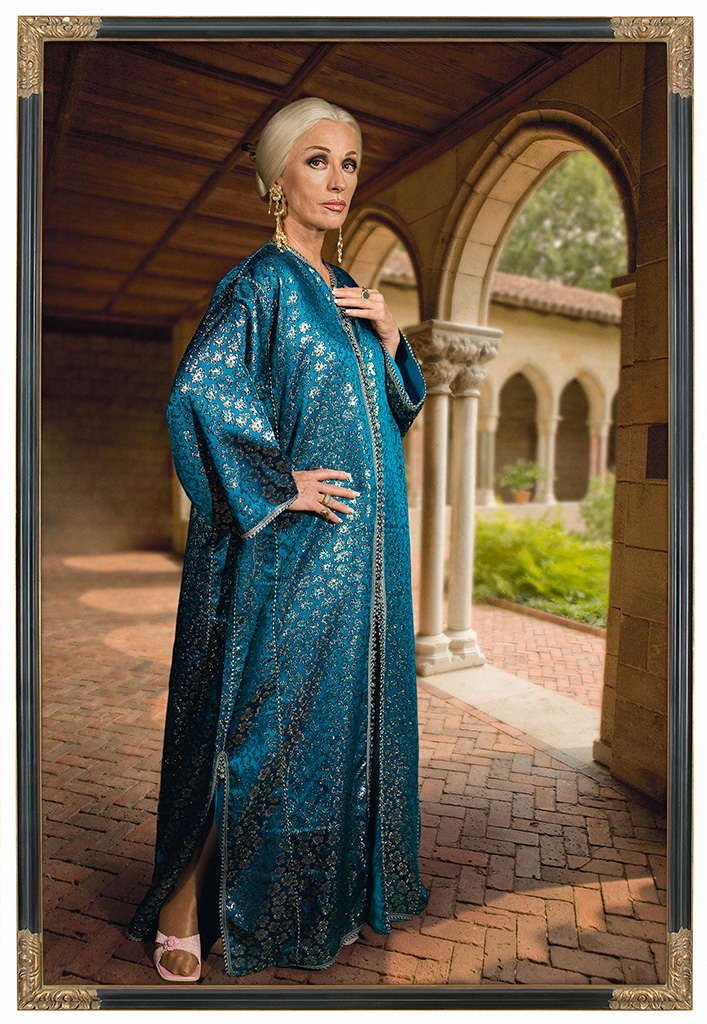
As I walked through the gallery, and read the write-ups on the wall with descriptors like “represents,” “infers,” or “in response to,” I found myself wanting more, I don’t know, insight. I looked for clues in the four corners of the floor where snapshots of Sherman’s New York studio are pasted on the walls. Squinting to see what’s in her record collection. And then I’d wonder – how manipulated are these photos? Am I looking at reality, or simply what someone wants me to see?
I wanted to speak to Sherman herself and ask her all of my “why?” questions. What were the choices she made? What was she driving at with this mask, or with the cowboy hat? Why?
I’m sure she wouldn’t tell me. Her work makes me do the work, to look at the way I look at things. And that’s why.
Cindy Sherman is now on view at the Vancouver Art Gallery until March 8, 2020.
Story by Wade Kinley for West Coast Curated
